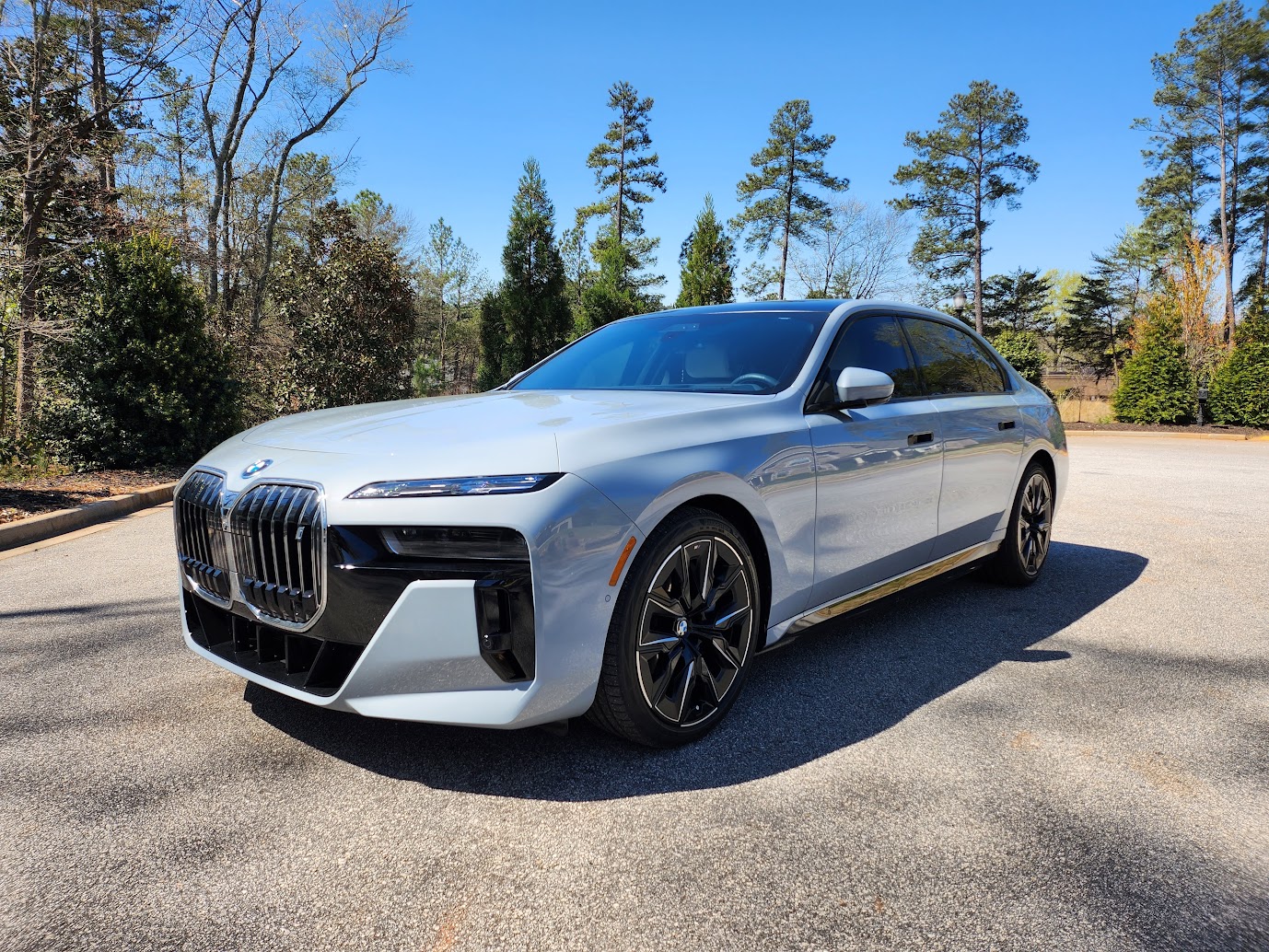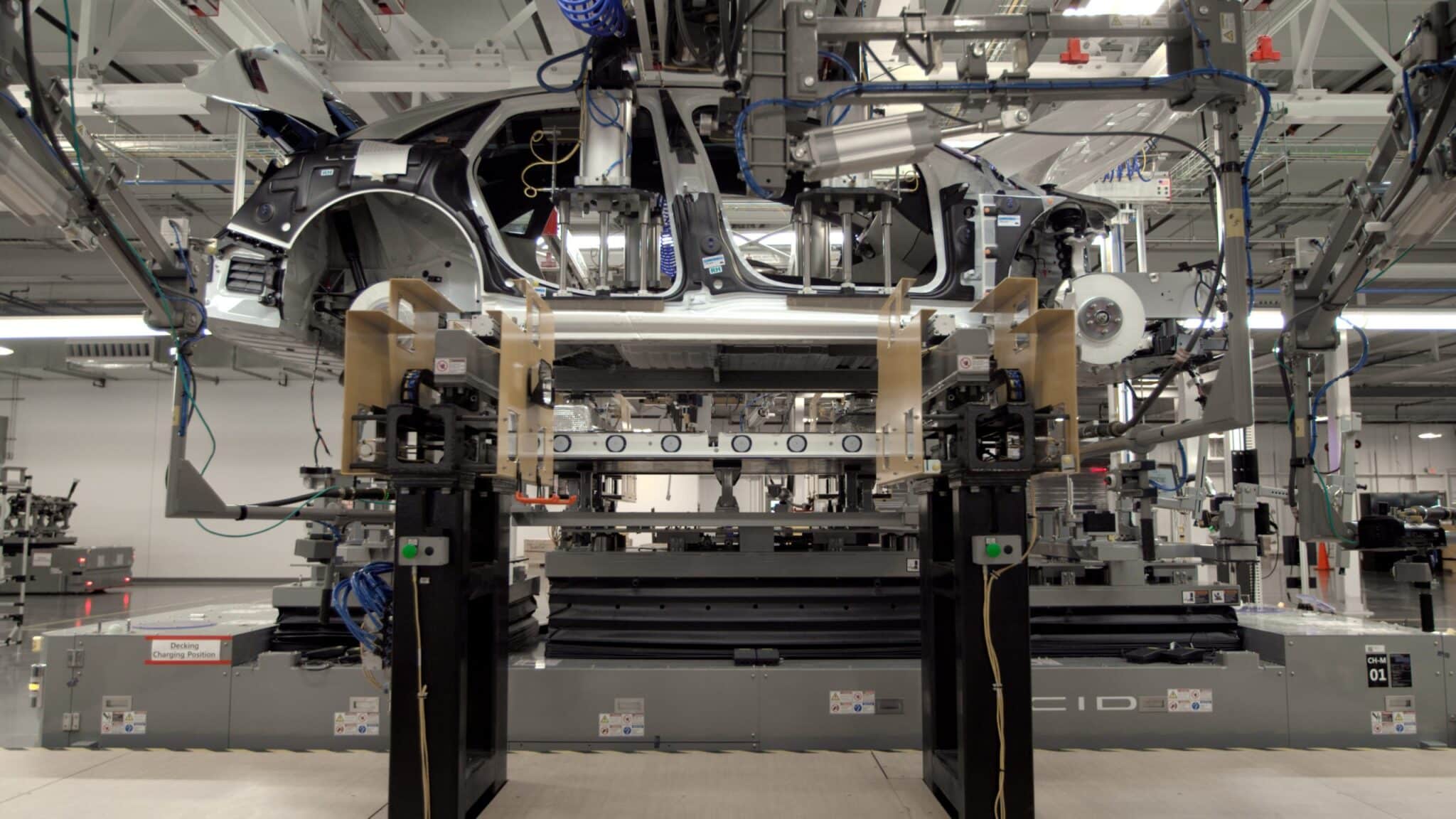The future of electric cars holds immense promise. As the world becomes increasingly aware of the environmental impact of gas-powered vehicles, electric cars are garnering widespread popularity. In fact, the global electric car market is expected to grow at a compound annual growth rate (CAGR) of 29.7% from 2022 to 2030.

There are a number of factors that are driving the growth and future of electric cars, including:
- Improvements in technology are making electric car batteries more efficient and affordable.
- Many governments around the world are offering incentives, such as tax breaks and subsidies, to encourage people to buy electric cars.
- People are becoming more aware of the environmental impact of gas-powered vehicles, which is driving them to consider electric cars as a more sustainable option.
With improving technology, government incentives, and a growing awareness of climate change, electric cars are poised to become a more sustainable and eco-friendly option for drivers around the world. As the popularity of electric cars continues to grow, we can expect to see a number of changes in the automotive industry in the coming years. Here are a few of the things we can expect to see in 2030:
Expansion of Electric Car Charging Infrastructure
One of the biggest challenges to owning an electric car is finding a place to charge it. In 2023, there are just over 100,000 public charging stations in the United States. By 2030, that number is expected to grow to over 500,000. This will make it much easier for people to own and operate electric cars.
Several factors will drive the expansion of electric car charging infrastructure, including:
- The increasing popularity of electric cars.
- Government incentives to encourage the installation of public charging stations.
- The development of new technologies that make charging electric cars more convenient and efficient.
The expansion of electric car charging infrastructure will have a number of benefits, including:
- Expanding the number of public charging stations makes it easier for people to own and operate electric cars, as electric cars need to be charged regularly and it is not always convenient to do so at home.
- The expansion of electric car charging infrastructure helps to reduce range anxiety, which is the fear of running out of battery power before reaching your destination. This is because people will know that they will be able to find a charging station if they need to.
- The expansion of electric car charging infrastructure promotes the use of electric cars, which are a more sustainable form of transportation because they do not produce emissions, thus helping to improve air quality.
[cta_blog_section title=’Find your EV here.’ cta_url=’https://www.evuniverse.com/best-selling-electric-cars’ cta_button=’VIEW LISTINGS’]
Advances in Electric Car Battery Technology for the Future of Electric Cars
Battery technology is one of the key areas of development for electric cars. As battery technology improves, electric cars will become more efficient and affordable. We can expect to see battery ranges increase and charging times decrease in the coming years.
The development of new battery technologies is being driven by a number of factors, including:
- The increasing demand for electric cars.
- Government funding for research and development.
- The development of new materials that can store more energy.
New battery technologies will have a number of benefits, including:
- New battery tech = more affordable electric cars.
- Better battery tech = longer electric car range.
- Faster battery charging = less charging time.
- Sustainable batteries = eco-friendly electric cars.

Courtesy of Lucid Group, Inc.
Expected Increase in the Number of Electric Car Models Available on the Market
Automotive giants such as Tesla, BMW, and Volkswagen are expected to release over 200 electric vehicle models by 2030. The growth is driven by the following factors:
- The increasing popularity of electric cars.
- The development of new battery technologies.
- The increasing availability of government incentives.
The increase in electric car models on the market will offer several benefits, including:
- Providing consumers with more choices when it comes to electric cars. This is because consumers have different needs and preferences when it comes to cars. The growth in the number of electric car models will enable consumers to find an electric car that meets their needs.
- Driving down prices due to competition among the models.
- Promoting the use of electric cars, which are a more sustainable form of transportation. More people will be able to find an electric car that meets their needs, contributing to the use of sustainable transportation.
Advances in Autonomous Driving Technology
There are a number of factors driving the development of autonomous driving technology, including:
- The increasing availability of data is driving the development of autonomous driving technology.
- Researchers and engineers are developing new sensors and software to advance autonomous driving technology.
- The increasing computing power is facilitating the development of autonomous driving technology.
The development of autonomous driving technology will have a number of benefits, including:
- Autonomous driving technology could free up drivers to work or relax, making electric cars more convenient and safer.
- Autonomous cars could drive more efficiently and safely, reducing accidents and traffic congestion, and improving air quality.
- Autonomous cars could accommodate people with disabilities, making electric cars more accessible.
Impact on the Electrical Grid
The growth of electric cars could significantly impact the electrical grid as more and more people switch to electric cars, increasing the demand for electricity. Utilities will need to invest in new infrastructure to meet the growing demand for electricity, especially during peak hours.

There are a number of things that can be done to mitigate the impact of electric cars on the electrical grid. These include:
- Investing in new infrastructure, such as power plants and transmission lines. This will help to ensure that the grid has the capacity to meet the growing demand for electricity.
- Promoting demand-side management, such as time-of-use pricing and smart thermostats. This will help to shift the demand for electricity away from peak hours.
- Increasing the use of renewable energy sources, such as solar and wind power. This will help to reduce the reliance on fossil fuels, which can help to improve air quality.
The growth of electric cars is a challenge, but it is also an opportunity. By investing in new infrastructure and promoting demand-side management, utilities can ensure that the electrical grid is ready for the future of electric cars.
[cta_blog_section title=’Find the best parts for your EV here.’ cta_url=’https://www.evuniverse.com/shop-ev-parts’ cta_button=’SHOP PARTS’]
EVU Final Take on Future of Electric Cars
Looking ahead to 2030, it’s pretty clear that electric cars are going to play a huge role in the automotive industry. With all the cool new tech, government incentives, and more awareness around climate change, it’s becoming a no-brainer that electric cars are the way of the future.
In the next few years, we’re going to see a bunch of changes in the industry. We’ll get more charging stations, better batteries, and more models to choose from. We might even see cars that can drive themselves! But all this change also presents challenges, like figuring out how to power all these cars without putting too much strain on the electrical grid.
But hey, challenges can be a good thing. They give us the chance to come up with new and better solutions. For example, we can invest in better infrastructure, use renewable energy sources, and be smarter about when we use electricity. That way, we can make sure that electric cars are sustainable and benefit everyone.
So, if you’re thinking about getting an electric car, now’s a great time to do it. You’ll be doing your part to protect the environment and help create a brighter, more sustainable future for all of us.

